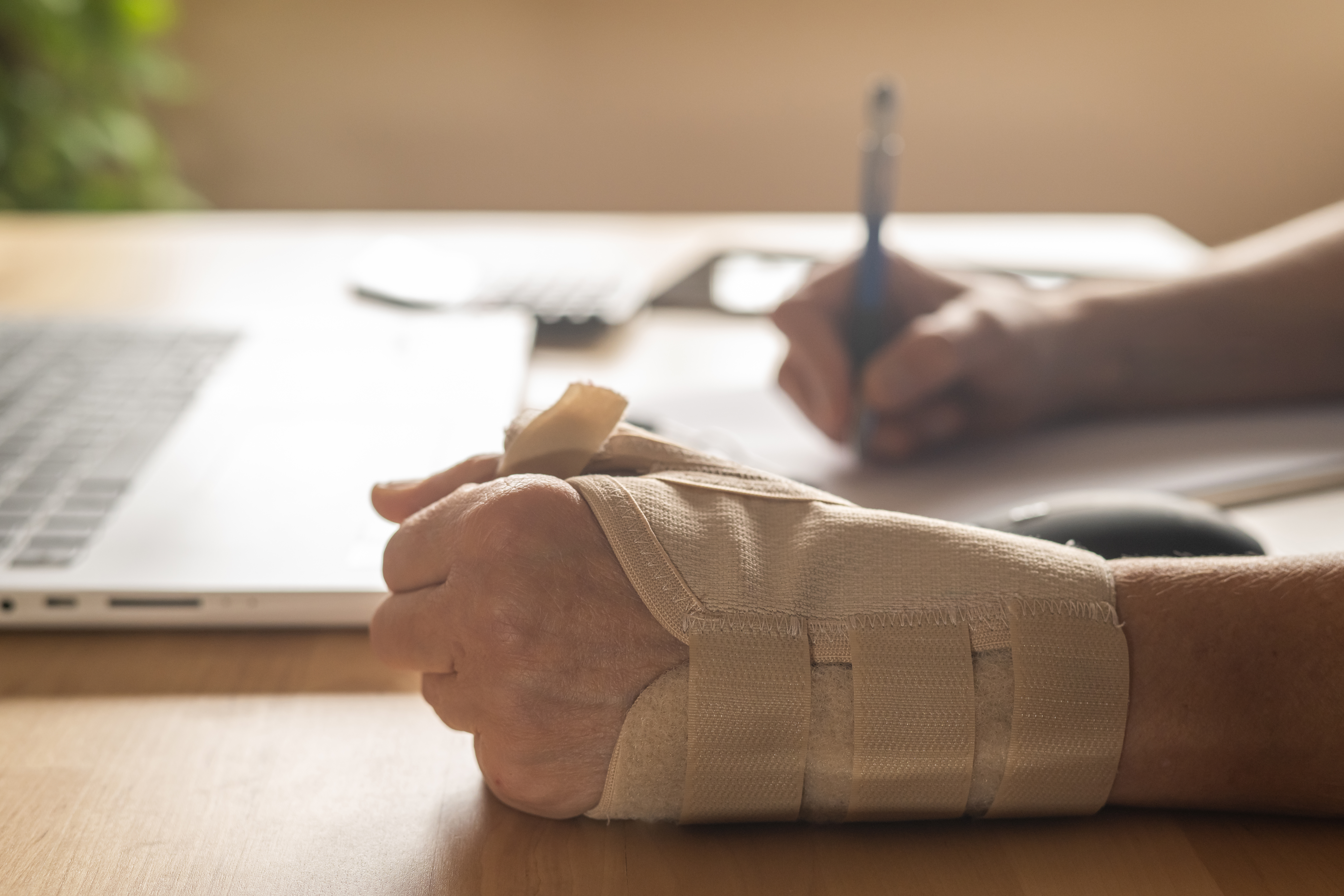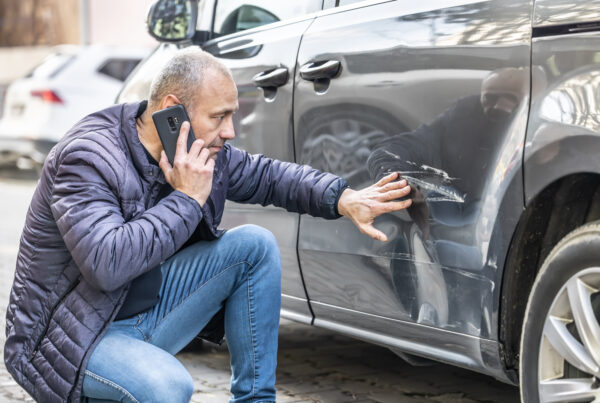
While we all hope it doesn’t happen to us, accidents happen. Don’t get caught uninformed and unprepared if you find yourself in this situation. Knowing the proper steps for how to handle a hit-and-run car accident can save you a lot of time and frustration later on. (After all, getting hit by a runaway driver was bad enough.)
What to do after a hit and run (besides dropping an f-bomb or two)
You may be tempted to take matters into your own hands after a hit and run, but that’s not going to help you in the long run. Avoid trying to drive home, calling a tow truck, or phoning a friend. The first thing you need to do after a hit and run is to stay put and call the police.
Once you’ve assessed the situation and the physical well-being of yourself, then you’ll want to ask any potential witnesses for their contact information if you’re able, or at least ask them to stay until the police arrive.
When the police arrive on the scene, they’ll gather all the information and report the accident. The police can also question witnesses, which may give you a better chance of identifying the runaway driver (or at the very least help confirm the details of your case). It’s easy to forget things when you’re in a stressful situation. That’s why calling the police first is the most crucial step in handling a hit-and-run car accident.
Why calling the police will help you file your insurance claim
If you don’t have any official documentation to file the claim with your car insurance provider, it will make the process more complex for you. While you can legally do this, the police are experienced in reporting all the valuable details your insurance company needs, and handling the information on your own could get messy.
Don’t be a hero. Head to the hospital.
Going to the hospital may seem like an unnecessary step, but a doctor should see you if you were in an accident that inflicted more damage than a paint scratch. You may feel like you’re not seriously injured, but adrenaline or mild shock can often mask symptoms of even very serious injuries.
Trauma to the spine and brain is not always immediately detected without the help of doctors and imaging. If any injuries were detected, you now have the proper medical documentation to provide to your insurance company. If you go to the doctor weeks after the incident, it will be harder to prove your injuries were related to the car accident.
Ring your attorney
If anyone knows how to handle a hit and run car accident, it’s an experienced personal injury attorney. The simple fact is that even if you had the foresight to carry an adequate UIM (underinsured motorist) policy, your insurance company would still review your case with a skeptical eye as to what took place.
Remember, it’s an insurance company — just because it’s your insurance company doesn’t mean they like paying out on claims. If you provide your attorney with the police report, medical report, and any witness testimonies, they can do their job to help you get the support you need.
Someone call for roadside assistance?
We know how frustrating it can be to deal with a hit-and-run car accident. Before you throw your phone out the window from listening to your insurance company’s hold music, it may be time to reach out to a personal injury lawyer.
The personal injury lawyers at Carlisle + Byers are here to iron out all the taxing details, so you can focus on getting the care and funding you need to return things to normal. Click here to schedule a free consultation.
Image by PublicDomainPictures from Pixabay



